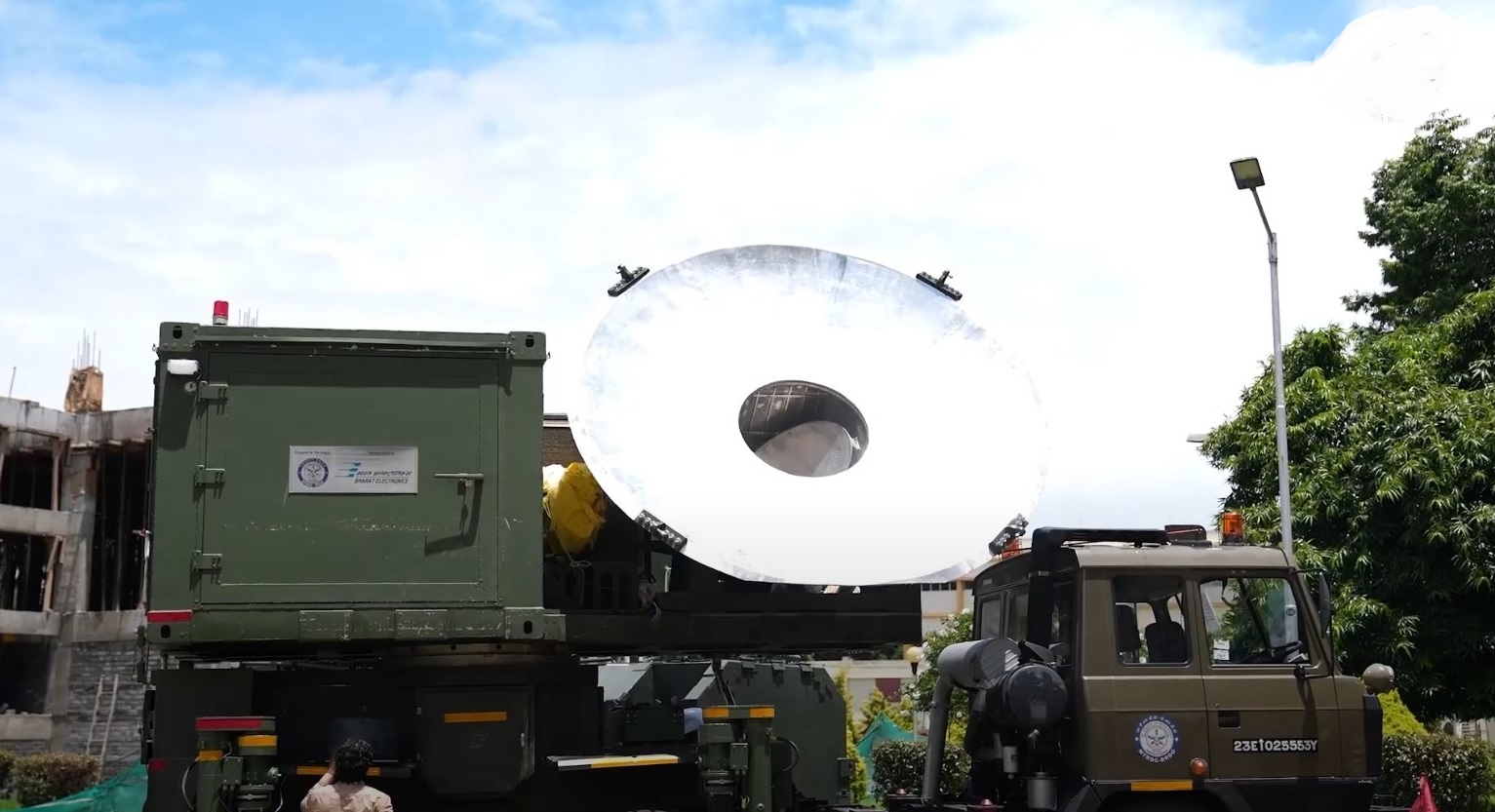Indian Army Puts Future Warfare Technologies to the Test in "Swavlamban Shakti" Exercise

The Indian Army is taking bold strides in preparing for future warfare with its latest military exercise, "Swavlamban Shakti." Taking place at the Babina Field Firing Ranges near Jhansi, the exercise, which began recently, is set to continue until October 22nd. Organized by the Army's Southern Command and led by Lieutenant General Prit Pal Singh, General Officer Commanding the Sudarshan Chakra Corps, this exercise showcases the Army's commitment to integrating next-gen technologies into its combat operations.
"Swavlamban Shakti" isn’t just about troops and traditional weaponry. It's a glimpse into the future of warfare, where drones, robotics, and advanced communication systems are expected to dominate the battlefield. Over 1,800 personnel are participating in the exercise, along with 210 armored vehicles and 50 specialist vehicles. This is complemented by a significant aviation presence, making the exercise a comprehensive test of the Army's offensive capabilities in a technology-driven world.
What sets "Swavlamban Shakti" apart is its focus on showcasing and evaluating more than 50 cutting-edge technologies from over 40 Indian defence industry partners. These include contributions from Defence Research and Development Organisation (DRDO) labs and emerging defence startups. This initiative is closely tied to India's broader "Aatmanirbhar Bharat" (self-reliant India) vision, which emphasizes the importance of domestic defence production.
A wide array of advanced technologies are being tested, such as swarm drones and kamikaze drones. Swarm drones, capable of overwhelming enemy defences by attacking in large numbers, represent a crucial asset in modern warfare, where the ability to neutralize air threats swiftly is vital. Kamikaze drones, designed to crash into and destroy enemy targets, offer a highly tactical, low-cost option for precision strikes.
Logistic swarm drones are also part of the mix, designed to provide essential supplies to troops in difficult terrains. These unmanned aerial systems, alongside robotic mules and all-terrain vehicles (ATVs), can play a transformative role in transporting goods and equipment to soldiers in remote or hazardous areas, reducing reliance on human intervention and improving the speed of logistics.
Another key area of exploration is drone jamming and anti-drone systems. With the rising threat of drone warfare, handheld drone jammers and other counter-drone measures are crucial in safeguarding troops from surveillance or attacks by hostile UAVs. The exercise is also evaluating software-defined radio-based mobile ad-hoc networks (MANETs), which offer secure and resilient communication channels vital for modern battlefields where communication can often be disrupted.
Other technologies under review include indigenously developed long-endurance UAVs, light armored multipurpose vehicles (LAMVs), laser-based communication systems, and directed energy weapons (DEWs). The use of laser communication offers several advantages, such as resistance to jamming and interception, ensuring critical information flows without disruption during combat. Meanwhile, DEWs, which utilize lasers to incapacitate enemy electronics or missiles, could redefine how the Army handles airborne threats.
"Swavlamban Shakti" aims to identify the most promising of these technologies for future development and procurement. By actively collaborating with Indian defence companies, the Army is fostering innovation and self-reliance, a crucial step in reducing dependency on foreign military imports. This reflects a shift towards a more robust and independent defence ecosystem, where indigenous solutions meet the nation's military needs.
The exercise will culminate on October 22nd with the "Southern Star Drone Mela and Static Equipment Display." This event promises to be a unique showcase of drone and anti-drone technologies, offering a platform for young entrepreneurs and MSMEs to demonstrate their capabilities. Set against the backdrop of a simulated modern battlefield environment, this showcase highlights the growing role of startups and small businesses in the defence sector.
"Swavlamban Shakti" is not just an exercise in military readiness; it is a glimpse into the future. By integrating advanced technologies and promoting collaboration with domestic defence manufacturers, the Indian Army is positioning itself for the challenges of modern warfare, ensuring that it remains a formidable force in an ever-evolving global landscape.


